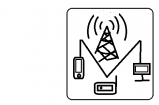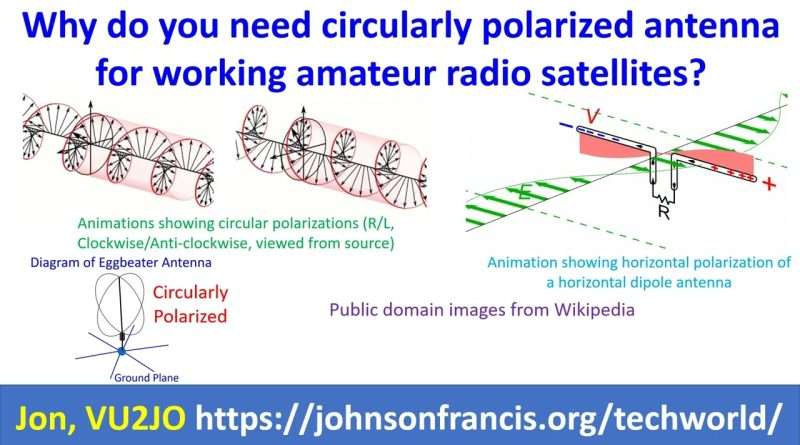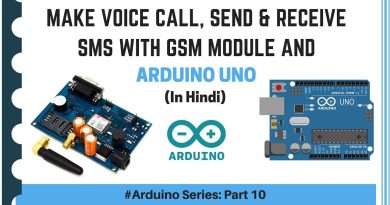Why do you need circularly polarized antenna for working amateur radio satellites?
Most of the antennas which radio amateurs use on HF/VHF/UHF bands have linear polarization, either vertical or horizontal and are not ideal for satellite communications. Polarization of an antenna is the direction of electric field produced by the antenna and determines the direction of transmission and reception. In circular polarization, the radio wave rotates as the signal propagates. If it rotates to the right, it is known as right hand circular polarization (RHCP) and if it rotates to the left, as left hand circular polarization (LHCP). Using circularly polarized antennas helps to minimize the effects cross polarization losses as the satellite moves through space.
Circular and linear polarization
Polarization of antennas: This is just a screen shot. See the YouTube video for the live animation.
Even if the satellite antenna is vertically polarized, the signal changes direction as the satellite tumbles and spins in orbit. Cross polarization means polarization of the transmitting antenna and receiving antenna are right angles to each other producing great signal loss, near to total in ideal conditions. If your antenna is circularly polarized, the signal loss will not be total when the satellite tumbles and spins in orbit. Difference in signals received between right hand and left hand circular polarization will be only 3 dB, unlike that between horizontal and vertical polarizations which could be near total loss of signal, regardless of how much power is used.
Often amateur radio satellite builders use circularly polarized antennas on them. A popular form of omnidirectional antenna for a base station is known as Eggbeater antenna because the shape resembles an actual eggbeater used in the kitchen. Another type of antenna with circular polarization is a Quadrafilar Helix antenna.
Web: https://johnsonfrancis.org/techworld/why-do-you-need-circularly-polarized-antenna-for-working-amateur-radio-satellites/
Views : 1881
antenna




